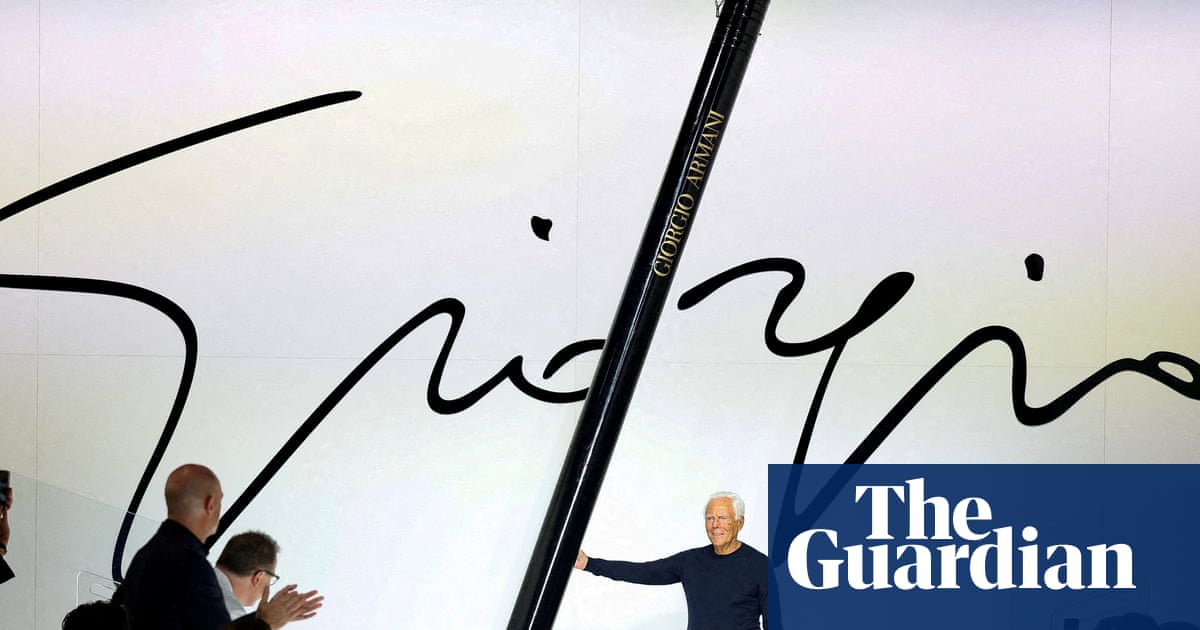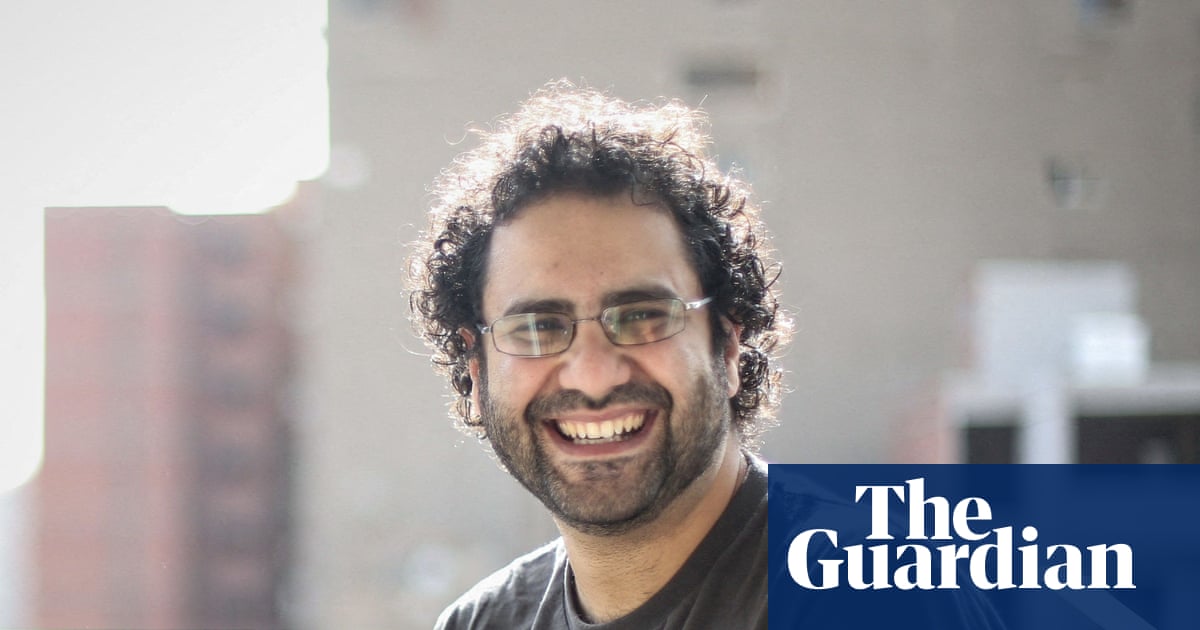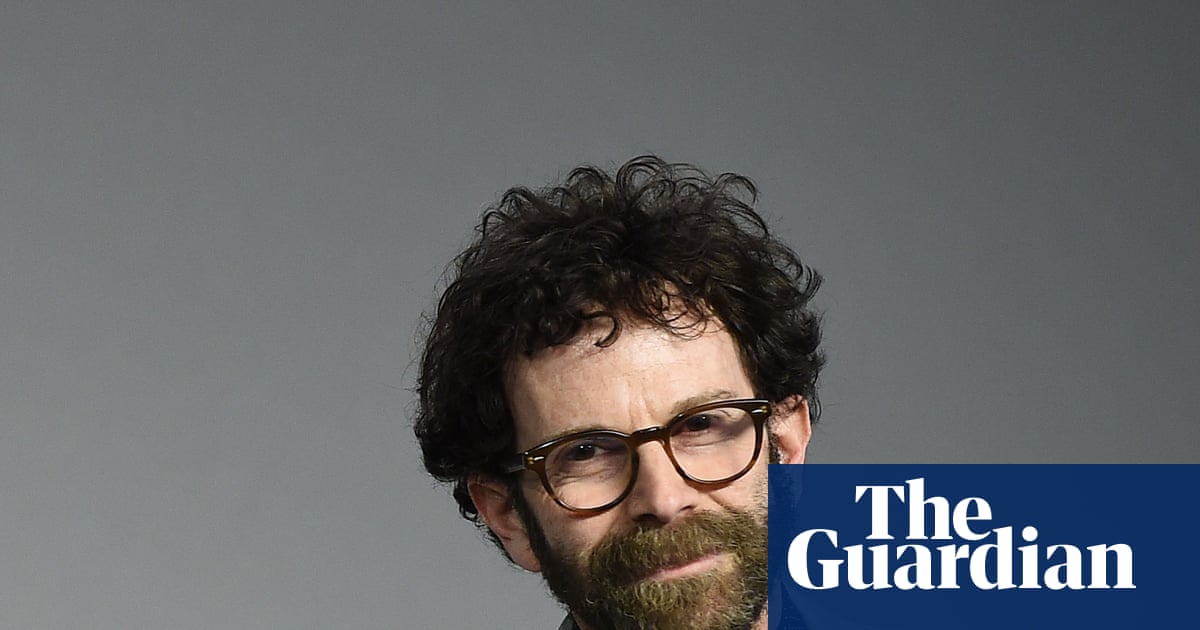When practicing funeral ceremonies during the antebellum period, enslaved west Africans mimicked the sun’s rotation as they danced counterclockwise in hidden clearings. They would sing and shuffle their feet to the beat of the drums in a ring shout, a ritual to honor the deceased that originated in Africa and which is still practiced by the descendants of enslaved people in the south-east US today. For the bereaved who grieved the recent death of a loved one, their practice orbited around the setting sun.
So begins a chapter about our closest star in Painting the Cosmos, a recent book by UC Santa Cruz astrophysicist Dr Nia Imara. The book blends science and art in an ode to the diversity of the cosmos. While touching on astronomical tidbits, such as the fact that scientists measure the rate of the sun’s spin by tracking the sunspots on its surface, Imara demonstrates the influence of astronomy on life and culture throughout history. She compares the sun’s rhythmic cycle to the repetition found in the Black artist Alma Thomas’s abstract paintings of space, and the patterns in the west African Bwa people’s multicolored wooden masks depicting the sun and nature. As a painter and one of the only Black female astronomy professors in the US, Imara focuses on the contributions of Black and brown artists and scientists throughout her book.
For Imara, it’s important that young Black and brown people also see people in the sciences who look like them. That’s why she created the non-profit Onaketa in 2020 to offer free science, technology, engineering and mathematics (Stem) online tutoring for Black and brown youth throughout the nation, who are mentored by scientists of color.

“Oftentimes when we’re taught science and math in school, the focus in our textbooks and in the classrooms is on the contributions of white folks, and it’s really important to show people that science is a human endeavor,” Imara said. “Astronomy is often considered the oldest science, and certainly people from all over the world have made really valuable contributions.”
Diversity is necessary for harmony in the universe, Imara argues in her book. Our solar system consists of eight planets of varying sizes, temperatures and features. “If you change any one of these eight planets, or you didn’t have one of them for some reason, that would have serious implications for the development of life on Earth,” Imara said. Jupiter, the largest planet in our solar system, has a large gravitational influence that deflects meteors that would otherwise hit the Earth’s surface; and if Saturn were any smaller that it currently is, the Earth’s orbit around the sun would change and might no longer hold liquid water.
“One of the things that science has taught me is that there are so many metaphors like this in nature,” Imara said. “And if we take them to heart and apply them to ourselves here, I think that would really go a long way in how we treat each other, and how our society works.”
‘Where do we fit into the universe?’
Imara became interested in astronomy at a young age as she pondered existential questions about human life: “What is the meaning of all this, and where do we fit into the universe?” As a sophomore in high school, she took a physics class that answered some of her fundamental questions.
“My relationship to science now has evolved so that I don’t think any more that science can answer all of these big, deep questions, which are often very religious, very philosophical and even moral in nature,” Imara said. “But I appreciate science and nature even more for the metaphors that it has to offer and also because of its ability to connect to people.”
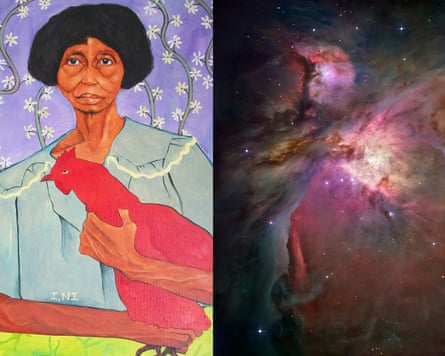
More than two decades ago, Imara began practicing visual art as a way to exercise another side of her brain and heart. Art, she said, has helped address some of her queries about human connectedness that science failed to answer. In her book, she writes that art and science haven’t always been viewed as diametrically opposed. The Great Pyramid of Giza, in Egypt, which was built as a tomb for Pharaoh Khufu 4,500 years ago, merged science and art as the tallest building in the world until the 1800s. The monument displays precise geometry, and its shape nods to Benben, which was the first mound of land to be created according to ancient Egyptian religion.
For Imara, the Great Pyramid is “emblematic of how this incredible society brought together so many fields that we often treat as disparate. And it still blows my mind to think about the precision with which this monument was designed, conceived and constructed with all of the alignments with the cardinal directions, and the really precise alignment of air shafts within the pyramid to certain constellations and stars that were important to the Egyptians.”
In pursuit of highlighting the achievements of Black and brown scientists outside her work as an astronomer and visual artist, Imara turned to education to create opportunities for marginalized youth. So she launched her organization Onaketa to offer personalized Stem tutoring to Black and brown youth. Middle and high schoolers are partnered up with Black and brown scientists who tutor them online on a weekly basis for up to a year. Over the past five years, six tutors have mentored more than 100 students throughout the country.
“Most of our students have never encountered a Black or brown scientist as a teacher or as a professor,” Imara said. “To have somebody who is also a mentor who can guide them and show them new possibilities for themselves is really important.”
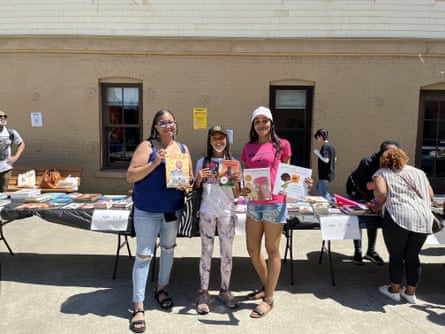
Imara sees the program as a way to “encourage Black and brown youth who have been actively discouraged and undermined from pursuing these fields. It’s a matter of putting that attention, resources and love towards people who have been actively underserved.”
Chima McGruder, an Onaketa mentor since 2021 who has a background in astrophysics, said that along with tutoring students in math through the program, he also serves as a role model for students who can see themselves in him. He’s built up strong connections with some of the students whom he’s mentored for several semesters. “A lot of them don’t get support that they would otherwise in math, or just someone who they can look up to who is not their parents,” McGruder said. “I find those interactions very rewarding and it actually makes me feel like I’m making a difference.”
McGruder said that it’s important to expose Black and brown students to Stem fields at an early age since they are largely underrepresented in that sector. While Latinos compose 17% of the workforce across all jobs, they only represent 8% of people in Stem occupations, according to a 2021 Pew Research Center analysis of employment data. And Black workers make up 11% of the workforce and 9% of Stem workers. A diversity of perspective ensures that products and medicines are applicable to different populations, since some diseases have a correlation to race, McGruder said: “Who you are and what your background is plays into the things that you create and the standards that you make.”
Toward the end of the chapter about the sun’s rhythm in her book, Imara reminds readers that everything they see is a reflection of the sun’s light. And just as the star’s own cycle waxes and wanes, so do the moments of our lives, Imara writes in the book: “A government bent on war and defense will see a potential enemy in everything, including phenomena caused by the innocent sun. An enslaved people see in the same sun a powerful symbol that connects them with home, with their ancestors. It offers a perpetual reminder that life occurs in cycles – rhythms – and thus, their peculiar situation is not permanent.”

 3 months ago
92
3 months ago
92


